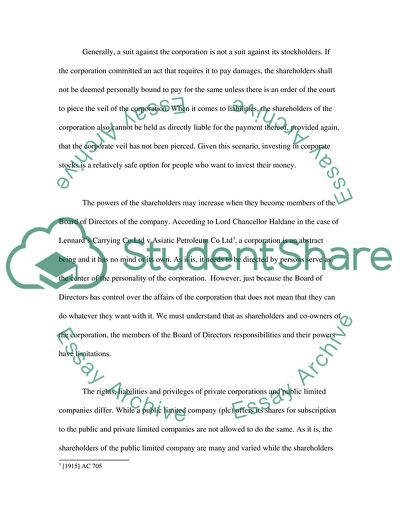Cite this document
(The Extent of the Liabilities of the Shareholders and the Board of Research Paper, n.d.)
The Extent of the Liabilities of the Shareholders and the Board of Research Paper. Retrieved from https://studentshare.org/law/1732694-company-law
The Extent of the Liabilities of the Shareholders and the Board of Research Paper. Retrieved from https://studentshare.org/law/1732694-company-law
(The Extent of the Liabilities of the Shareholders and the Board of Research Paper)
The Extent of the Liabilities of the Shareholders and the Board of Research Paper. https://studentshare.org/law/1732694-company-law.
The Extent of the Liabilities of the Shareholders and the Board of Research Paper. https://studentshare.org/law/1732694-company-law.
“The Extent of the Liabilities of the Shareholders and the Board of Research Paper”, n.d. https://studentshare.org/law/1732694-company-law.


